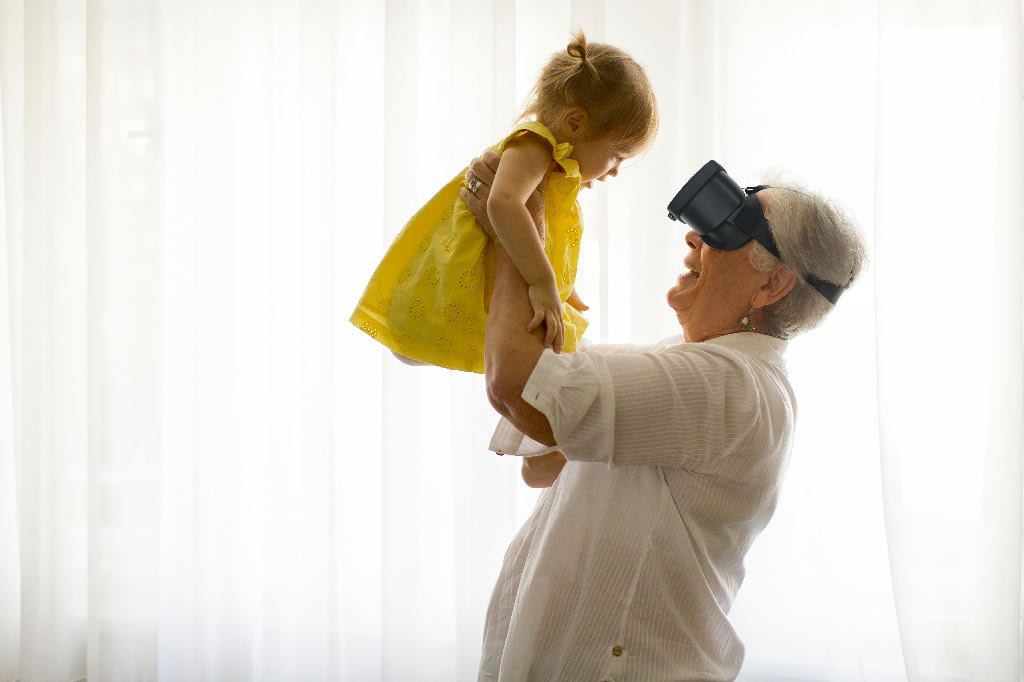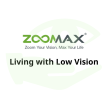What Assistive Technology Changes the Low Vision Life?
What Assistive Technology Changes the Low Vision Life?

How does technology change our life? People may often associate the answer with smartphones or computers. It is true that technology has penetrated deeply into our lives and improves the quality of life little by little. Moreover, in the world of people with low vision, technology is not only a convenient tool but also a powerful force that changes lifestyles and enhances their living independence. Let’s see how technology changes the life with low vision.
Understanding Low Vision
Visual impairments, also known as visual disabilities or visual deficits, refer to conditions in which an individual’s ability to see is significantly compromised, making it challenging to perform various visual tasks that those with normal vision can do without difficulty. It also refers to a group of conditions or disorders that result in a significant reduction in the ability to see. These conditions can affect one or both eyes and may include a wide range of visual acuity, visual field, and other vision-related functions. Visual impairments can be caused by various factors, including eye diseases, eye injuries, genetic conditions, and age-related changes.
Visual impairments encompass a large variety of conditions and levels of severity. The criteria for classifying individuals as having visual impairments often depend on factors like visual acuity (clarity of vision), visual field (also known as field of view or FOV, the area a person can see without moving their eyes), and functional vision (how well an individual can use their remaining vision to perform daily tasks). Here are some common criteria used to define visual impairments:
Visual Acuity: Visual acuity is a measure of how clearly an individual can see. It is typically measured using the Snellen chart, and visual impairments are often categorized based on acuity.
Blindness: Legal blindness is often defined as having a best-corrected visual acuity of 20/200 or worse in the better eye. This means that a person with legal blindness sees an object at 20 feet what a person with normal vision sees at 200 feet.
Low Vision: Low vision describes people with significant visual impairment but who are not legally blind. Their visual acuity may be better than 20/200, but they still face difficulties with daily tasks.
Visual Field: The visual field is the area that can be seen while the eye is fixed on a central point. Loss of peripheral vision can be a criterion for visual impairment.
Constricted Visual Field: People with a significantly reduced peripheral visual field may be considered visually impaired.
Functional Vision: This criterion takes into account how well an individual can use their remaining vision for daily tasks, such as reading, writing, and navigating their environment. It considers the impact of visual impairment on daily life…
Types Of Assistive Technology
Thanks to the rapid development of assistive technology, people with vision loss are able to improve their lives nowadays. Assistive technology comes in various forms, each designed to address the unique needs of those with visual impairments. For instance, screen readers and voice recognition software are invaluable tools for those who rely on auditory input.
Screen readers convert text on computer screens into synthesized speech, allowing users to read the digital content. Voice recognition software, on the other hand, enables users to control their devices and input text through spoken commands, making tasks like sending messages or finding information more accessible.
Furthermore, magnification software and electronic video magnifiers are crucial for people with low vision. These tools enlarge text and images displayed on screens or printed materials, providing clearer visuals and making it easier to focus on details. And navigation and location applications have revolutionized mobility for the visually impaired. GPS navigation and location recognition apps provide users with real-time information and spoken directions to help them confidently move around and reach their destinations while avoiding obstacles.
In particular, electronic Braille and tactile imagery are tactile solutions for the blind and visually impaired. Electronic Braille displays convert digital text into Braille characters that users can feel, providing access to digital content. Tactile imagery, using raised patterns and textures, allows users to interpret visual information through touch. These assistive technologies are transforming the lives of people with visual impairments, offering greater accessibility, independence, and opportunities in various aspects of daily living. Learn more about common types of low vision aids: Common Types Of Low Vision Aids.
Read more: What Assistive Technology Changes the Low Vision Life?
About the Creator
Zoomax-Living with Low Vision
ZOOMAX is a high-tech low vision solution company focusing on the research and development of the high quality low vision aids.






Comments
There are no comments for this story
Be the first to respond and start the conversation.